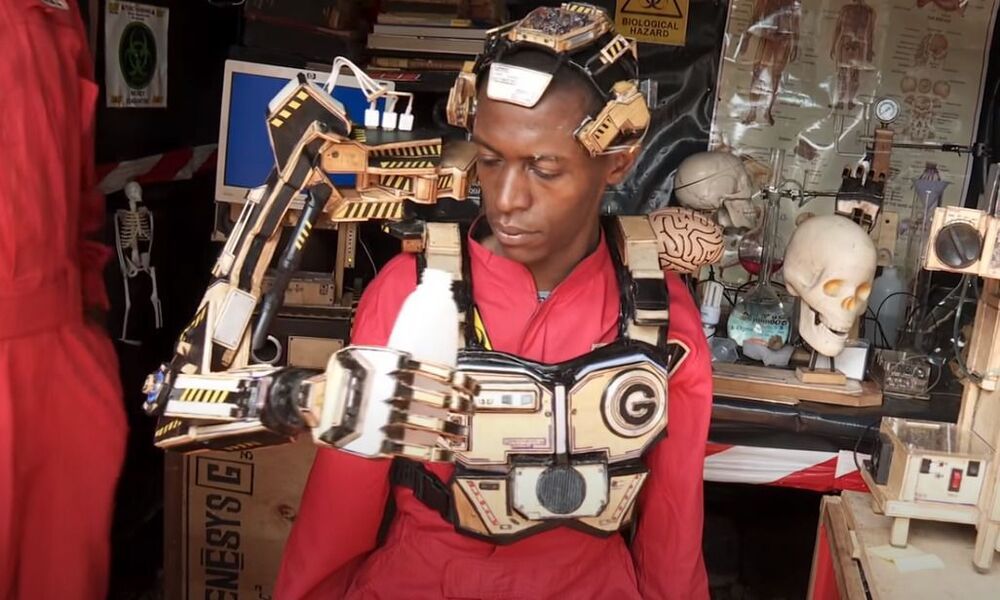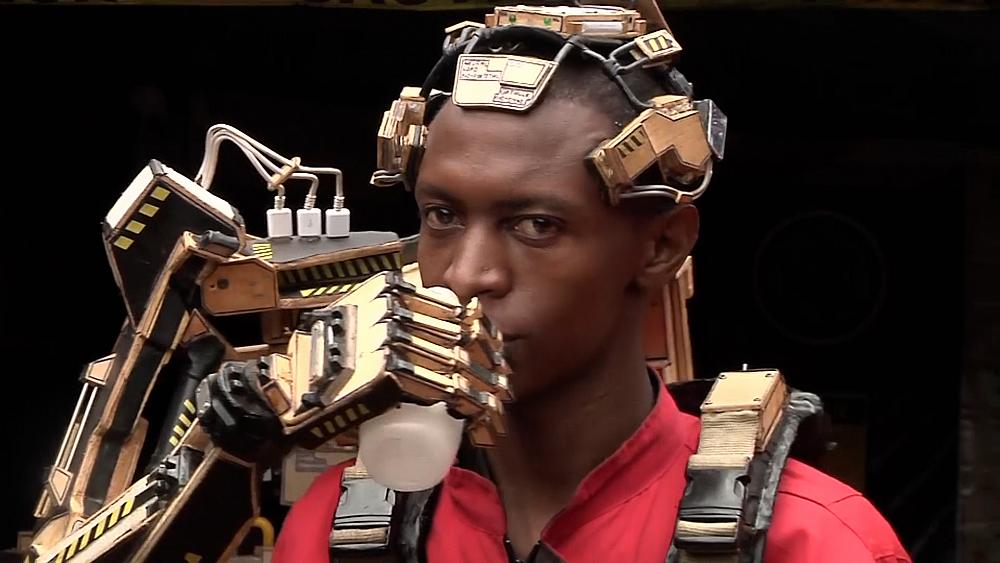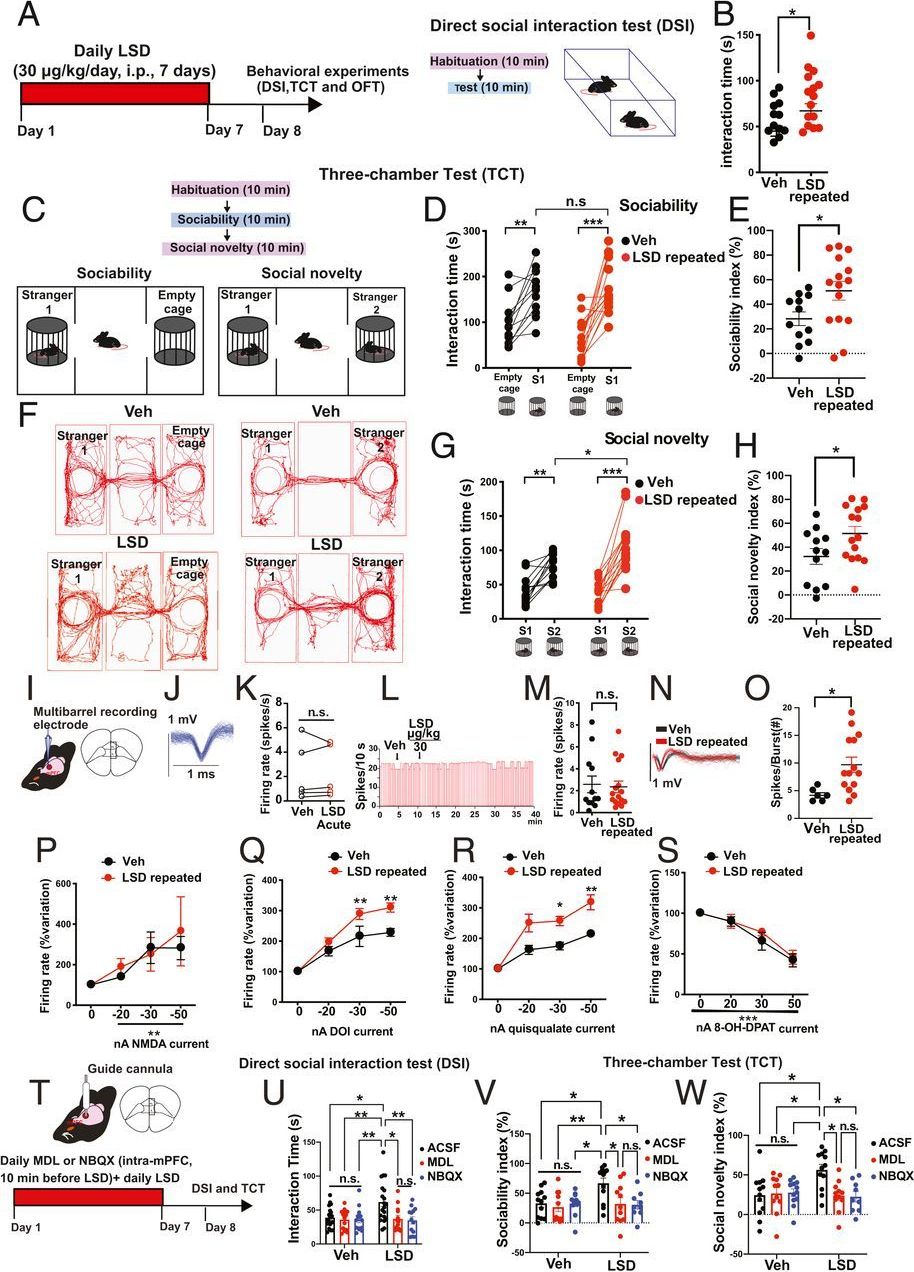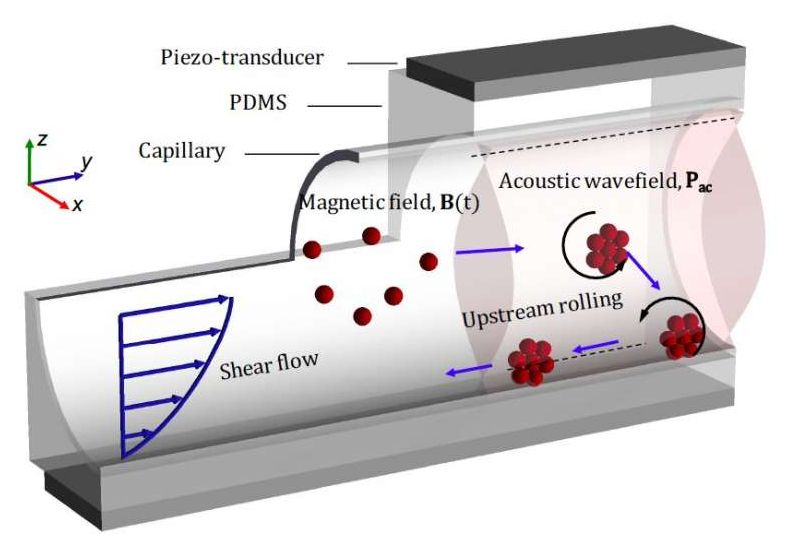Jan 27, 2021
These Kenyan Men Are Taking Humanity For A Breakthrough!
Posted by Jose Ruben Rodriguez Fuentes in categories: computing, neuroscience
These two Kenyan men are stealing hearts with their amazing inventions that can be a major way to provide much better technological aid to people with disabilities! Watch this video to see these mind-blowing gadgets that work on the commands given by the brain! And we haven’t even told the best part, due to the lack of resources, most of these gadgets are made of wood or old computer parts! Well, imagine what all they can achieve if provided with better technology and resources!


















